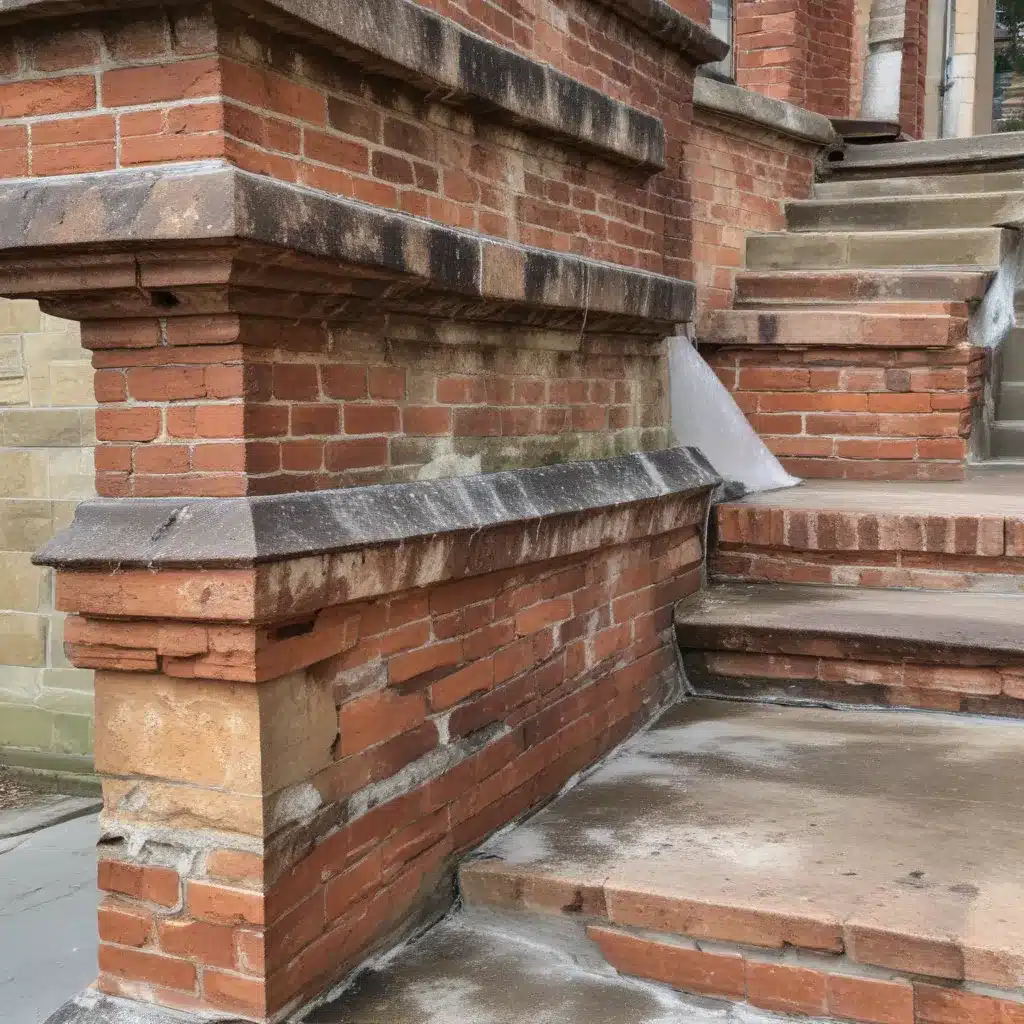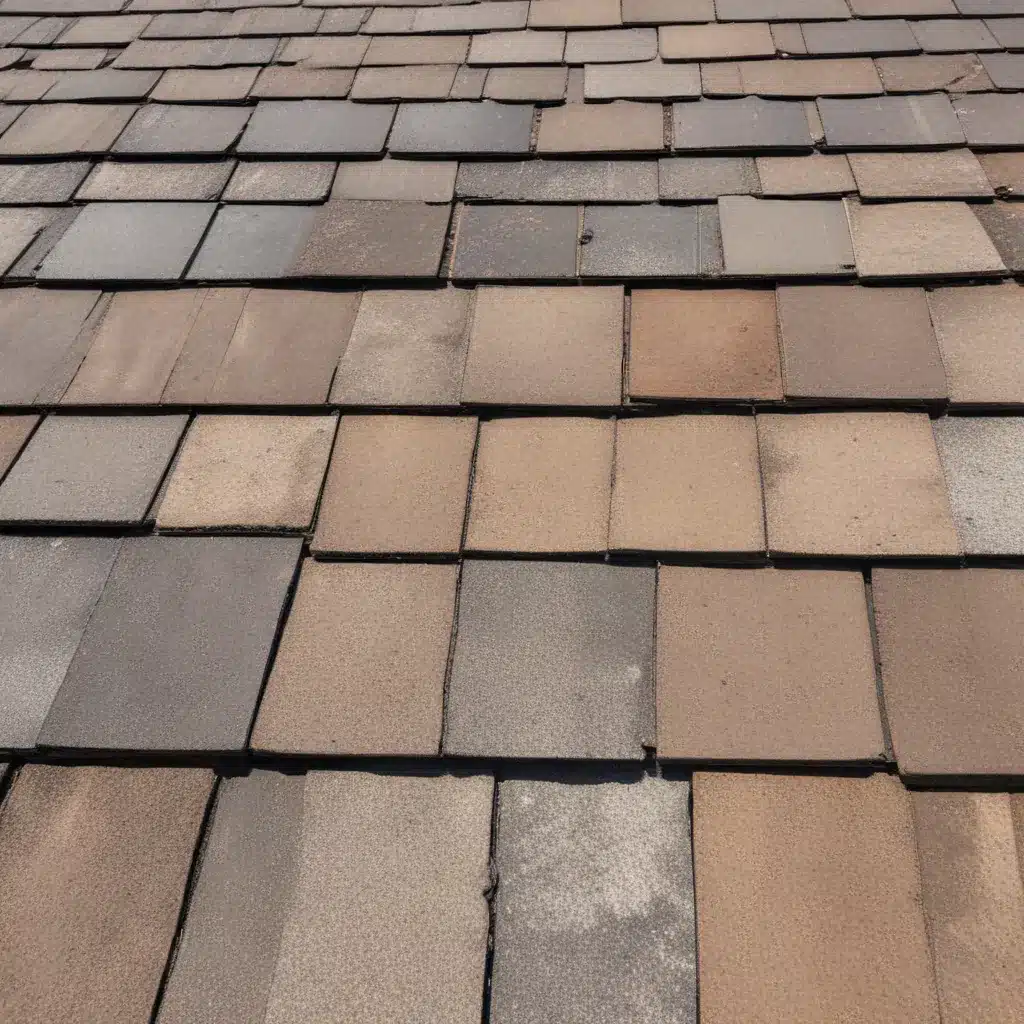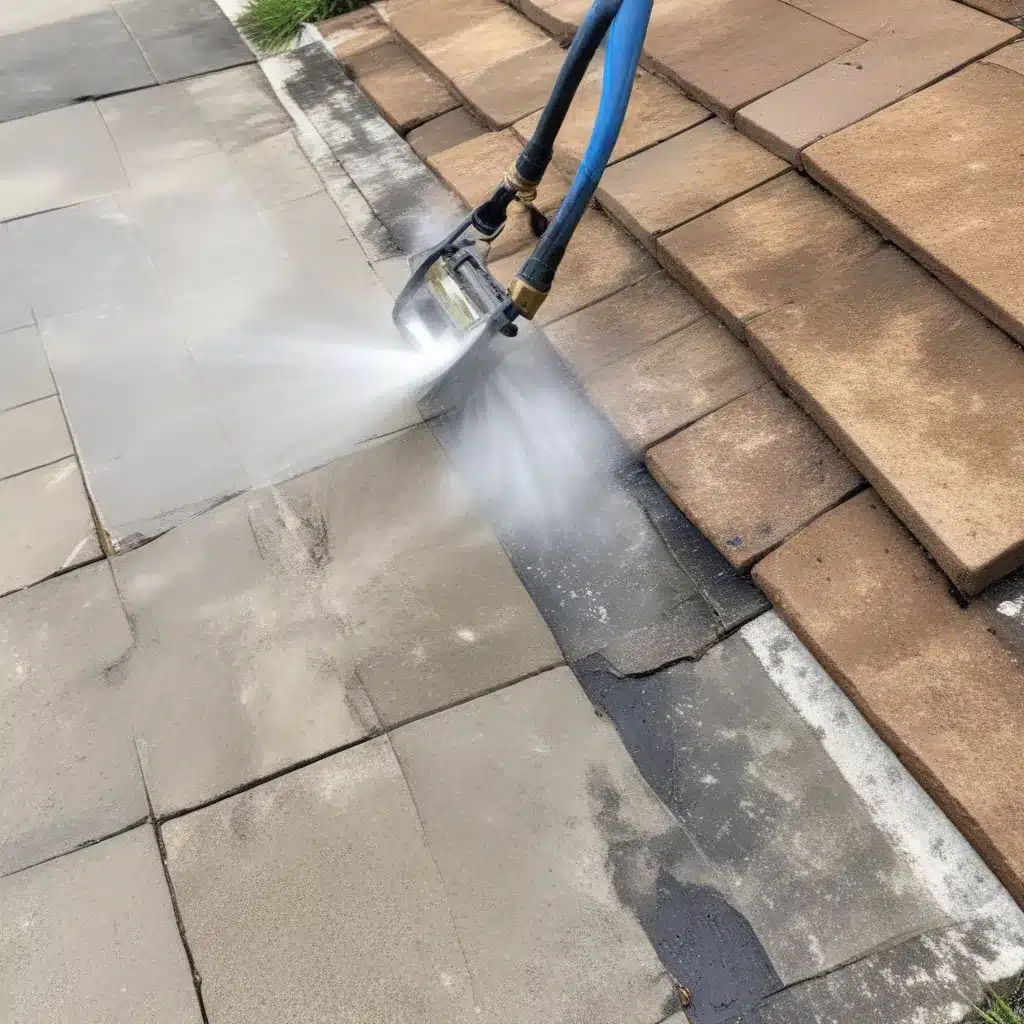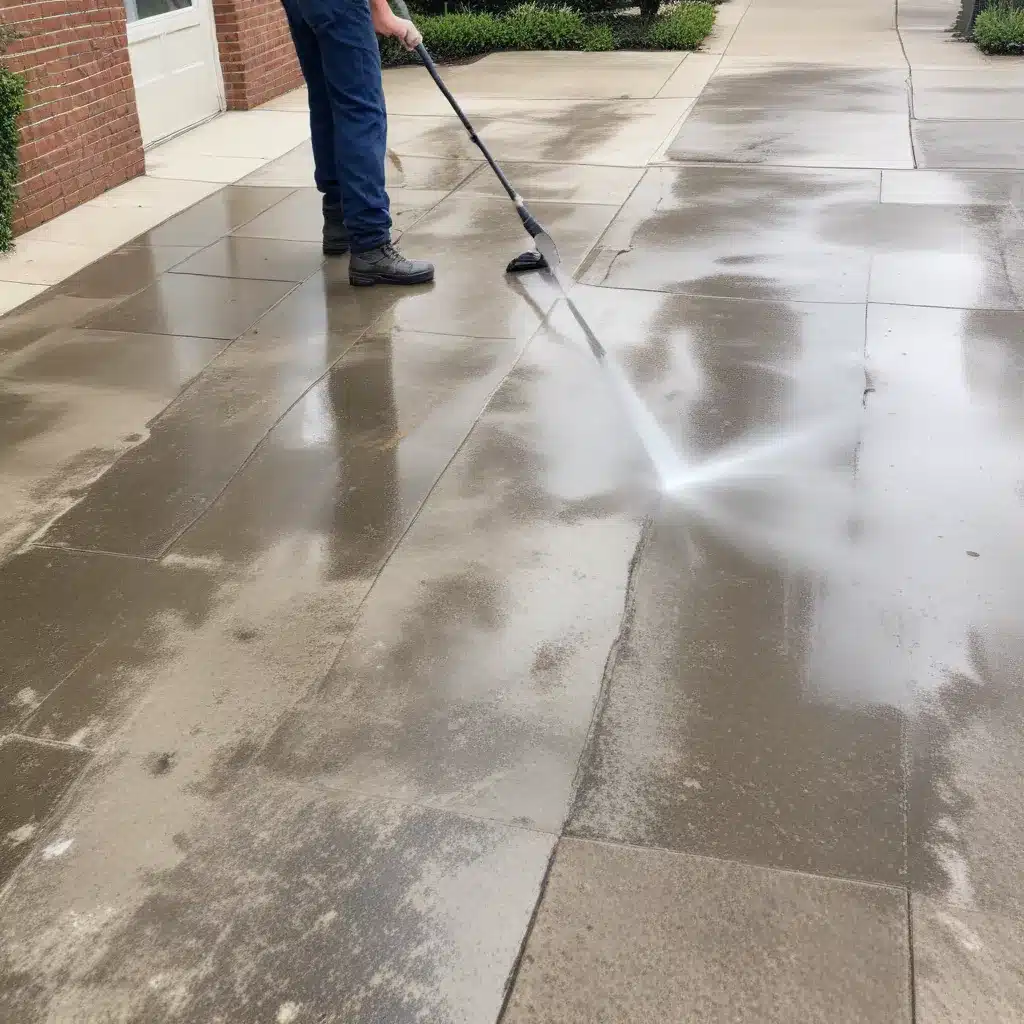
Navigating the Regulatory Landscape in St. Louis
When it comes to pressure washing historic structures in St. Louis, it is crucial to understand and comply with the local regulatory framework. The city of St. Louis has implemented stringent guidelines to ensure the preservation of its rich architectural heritage while also promoting sustainable practices.
According to the St. Louis Building Code, any exterior cleaning of a historic building or structure must be approved by the city’s Cultural Resources Office. This process involves submitting detailed plans that outline the proposed cleaning methods, materials, and safety precautions. The Cultural Resources Office carefully reviews these submissions to ensure that the chosen techniques will not compromise the integrity of the historic fabric.
Approved Pressure Washing Methods for Historic Structures in St. Louis:
| Method | Description | Regulatory Compliance |
|---|---|---|
| Soft Washing | A low-pressure, chemical-based cleaning approach that gently removes dirt, grime, and biological growth without damaging delicate surfaces. | Allowed for most historic structures, subject to Cultural Resources Office approval. |
| Mechanical Cleaning | The use of rotary or oscillating brushes, along with low-pressure water, to safely remove accumulated debris. | Permitted for certain historic structures, with specific guidelines from the Cultural Resources Office. |
| Dry Cleaning | Employing techniques like soda or bead blasting to gently blast away surface contaminants without the use of water. | Approved for select historic buildings, subject to strict guidelines and oversight. |
It is important to note that the use of high-pressure water (greater than 500 psi) is generally prohibited for cleaning historic structures in St. Louis, as it can potentially cause irreversible damage to the building materials. Pressure washing contractors must be well-versed in the city’s regulations and work closely with the Cultural Resources Office to ensure compliance.
Cost Considerations and Budgeting for Pressure Washing Historic Structures
Maintaining the exterior of historic buildings in St. Louis can be a significant investment, but it is essential for preserving their architectural significance and cultural value. The cost of pressure washing historic structures can vary depending on the size of the building, the complexity of the cleaning process, and the level of detail required.
On average, the cost for pressure washing a historic building in St. Louis can range from $0.50 to $2.00 per square foot, depending on the specific requirements. This range accounts for the specialized techniques, materials, and labor necessary to safely clean and preserve the historic fabric.
Cost Breakdown for Pressure Washing Historic Structures in St. Louis:
| Cost Element | Typical Range (USD) |
|---|---|
| Soft Washing | $0.50 – $1.25 per square foot |
| Mechanical Cleaning | $0.75 – $1.75 per square foot |
| Dry Cleaning | $1.00 – $2.00 per square foot |
| Specialized Treatments (e.g., graffiti removal, historic paint restoration) | $50 – $150 per hour |
| Permitting and Regulatory Compliance | $100 – $500 per project |
It is essential to budget for regular maintenance and inspections to ensure the long-term preservation of historic structures. Proactive measures, such as annual pressure washing and targeted repairs, can help extend the lifespan of these architectural treasures and prevent more costly restoration work in the future.
Embracing Eco-Friendly Pressure Washing Practices
As custodians of St. Louis’s historic buildings, pressure washing professionals have a responsibility to adopt environmentally friendly practices that minimize their impact on the local ecosystem. The city’s commitment to sustainability has led to the development of regulations and guidelines that encourage the use of eco-friendly cleaning methods.
One of the key requirements for pressure washing historic structures in St. Louis is the use of biodegradable, low-VOC (Volatile Organic Compounds) cleaning solutions. These products are designed to effectively remove dirt, grime, and biological growth without releasing harmful chemicals into the environment. Pressure washing contractors must also ensure proper containment and disposal of wastewater, preventing the contamination of local waterways.
Eco-Friendly Pressure Washing Techniques for Historic Structures in St. Louis:
| Technique | Benefits |
|---|---|
| Soft Washing | Utilizes low-pressure water and biodegradable, plant-based cleaning agents to gently clean surfaces without the use of harsh chemicals. |
| Mechanical Cleaning with Recycled Water | Employs water reclamation systems to filter and reuse cleaning water, reducing water consumption and waste. |
| Dry Cleaning | Eliminates the need for water, minimizing the environmental impact and preventing wastewater discharge. |
| Efficient Wastewater Management | Proper containment, filtration, and disposal of cleaning runoff to protect local waterways and the surrounding ecosystem. |
By embracing these eco-friendly practices, pressure washing professionals in St. Louis can contribute to the preservation of the city’s historic buildings while also safeguarding the local environment. This holistic approach not only ensures regulatory compliance but also demonstrates a commitment to sustainable stewardship of the city’s architectural heritage.
Partnering with Professionals for Pressure Washing Historic Structures
Restoring and maintaining the exterior of historic buildings in St. Louis is a delicate process that requires a deep understanding of the city’s regulations, best practices, and the unique challenges posed by these structures. Entrusting this task to experienced pressure washing professionals can ensure the long-term preservation of these architectural treasures.
When selecting a pressure washing contractor for a historic building in St. Louis, it is essential to look for the following qualifications:
-
Expertise in Historic Preservation: The contractor should have a proven track record of successfully cleaning and restoring historic buildings while adhering to local regulations and best practices.
-
Familiarity with St. Louis’s Cultural Resources Office: A strong working relationship with the city’s Cultural Resources Office, which oversees the approval process for exterior cleaning of historic structures.
-
Proficiency in Eco-Friendly Cleaning Techniques: The ability to implement sustainable pressure washing methods that minimize the environmental impact and comply with local regulations.
-
Commitment to Safety: Adherence to OSHA safety standards and the use of proper personal protective equipment to ensure the safety of workers and building occupants.
-
Comprehensive Insurance Coverage: Liability and workers’ compensation insurance to protect the building owner in case of any unexpected incidents during the cleaning process.
By partnering with a reputable and experienced pressure washing professional, building owners in St. Louis can ensure that their historic structures are cleaned and maintained in a way that preserves their architectural integrity, enhances their aesthetic appeal, and complies with local regulations.
Explore the website of a leading pressure washing service provider in St. Louis, pressurewashstlouis.com, to learn more about their expertise in historic structure preservation and the range of eco-friendly services they offer.
Conclusion: Honoring the Past, Embracing the Future
Preserving the historic buildings of St. Louis is a responsibility that extends beyond the present, reaching into the future. By adhering to the city’s regulations, embracing eco-friendly pressure washing practices, and entrusting the care of these architectural treasures to experienced professionals, we can ensure that the stories and character of the past are honored and celebrated for generations to come.
As the caretakers of St. Louis’s historic structures, it is our duty to maintain their beauty, functionality, and cultural significance. Through meticulous attention to detail, a commitment to sustainability, and a deep respect for the city’s rich heritage, we can safeguard these buildings and inspire others to join us in this noble endeavor.
By striking a balance between preservation and progress, we can breathe new life into St. Louis’s historic structures, ensuring that they continue to stand as beacons of the past, guiding us towards a future that celebrates the enduring spirit of this vibrant city.






